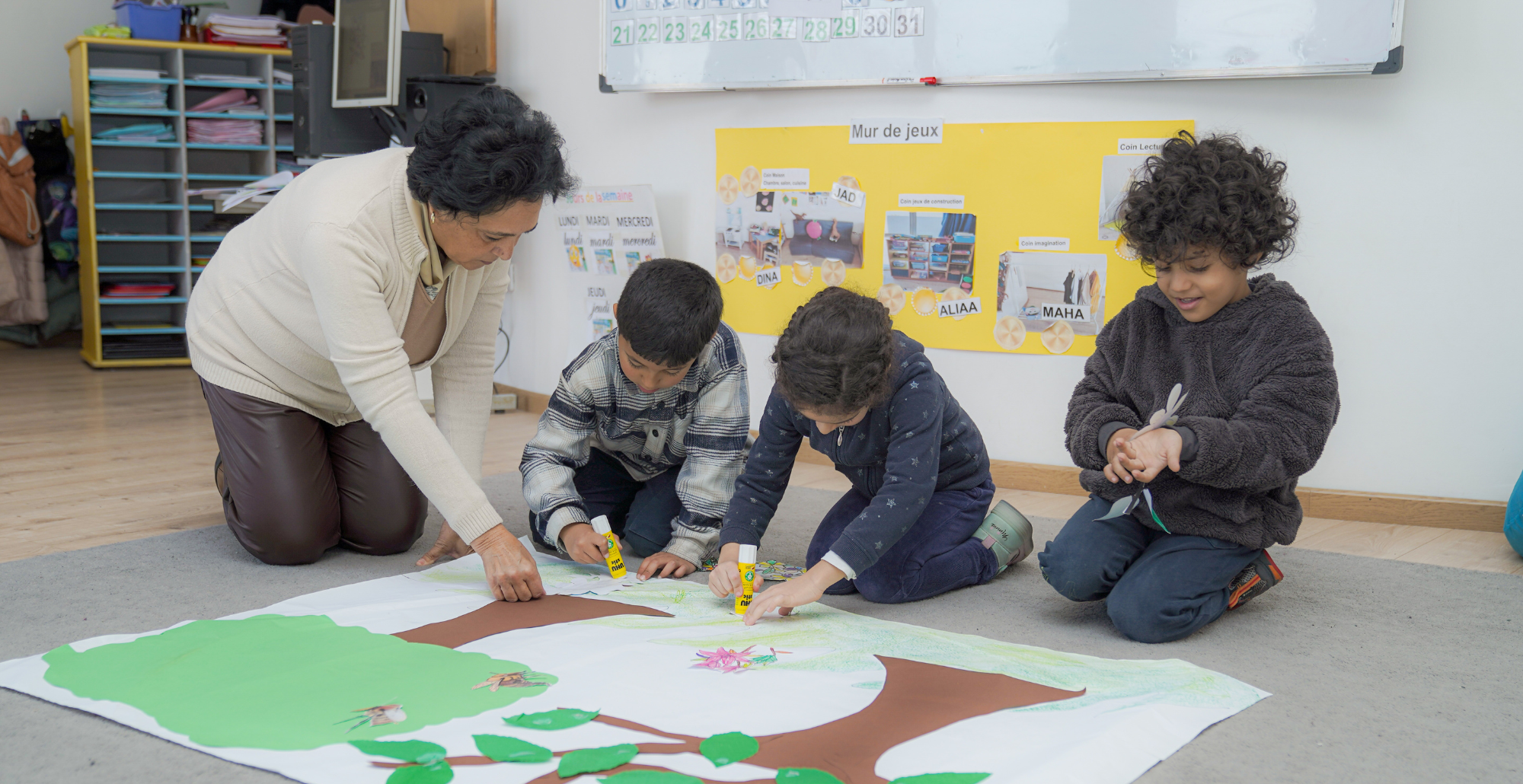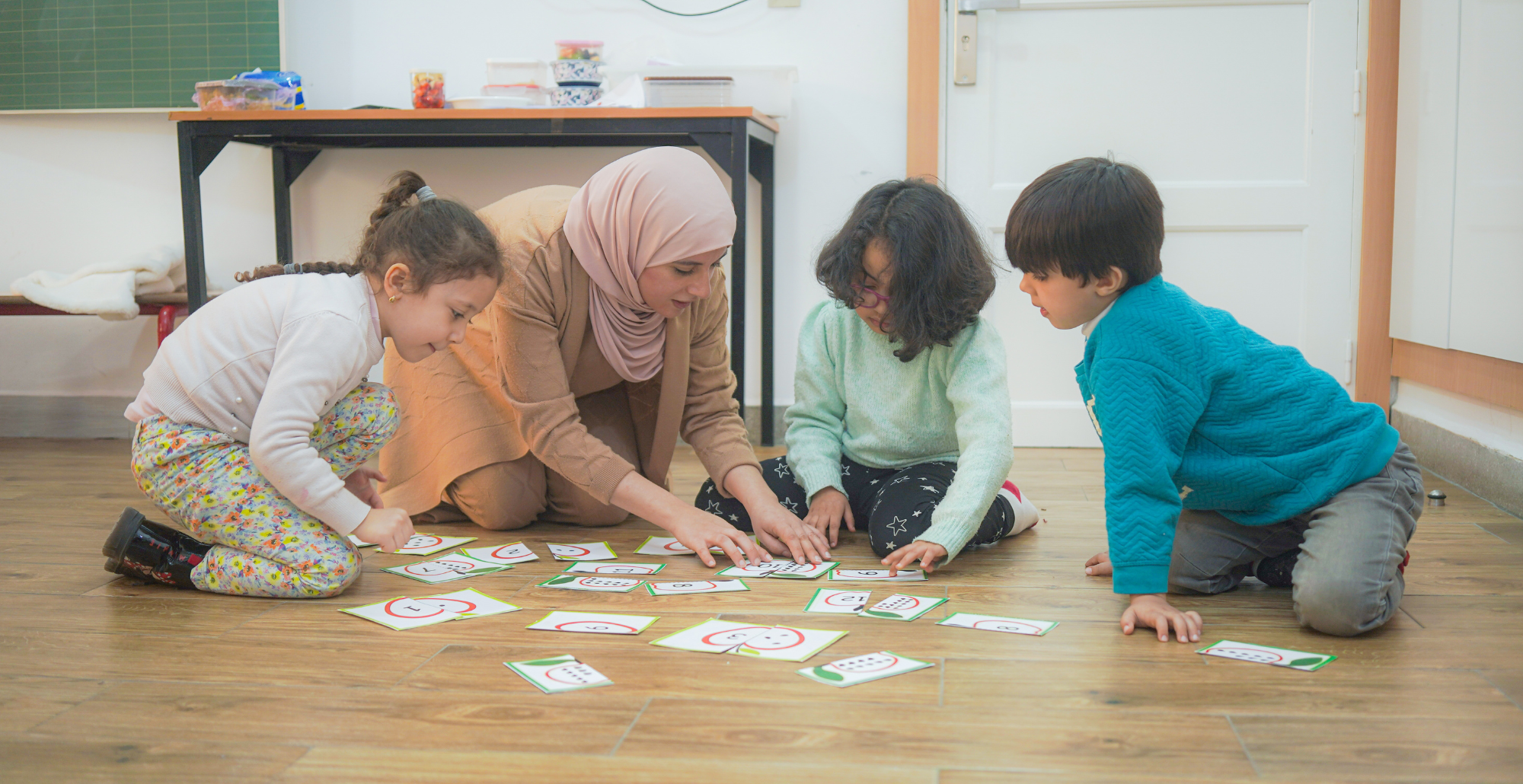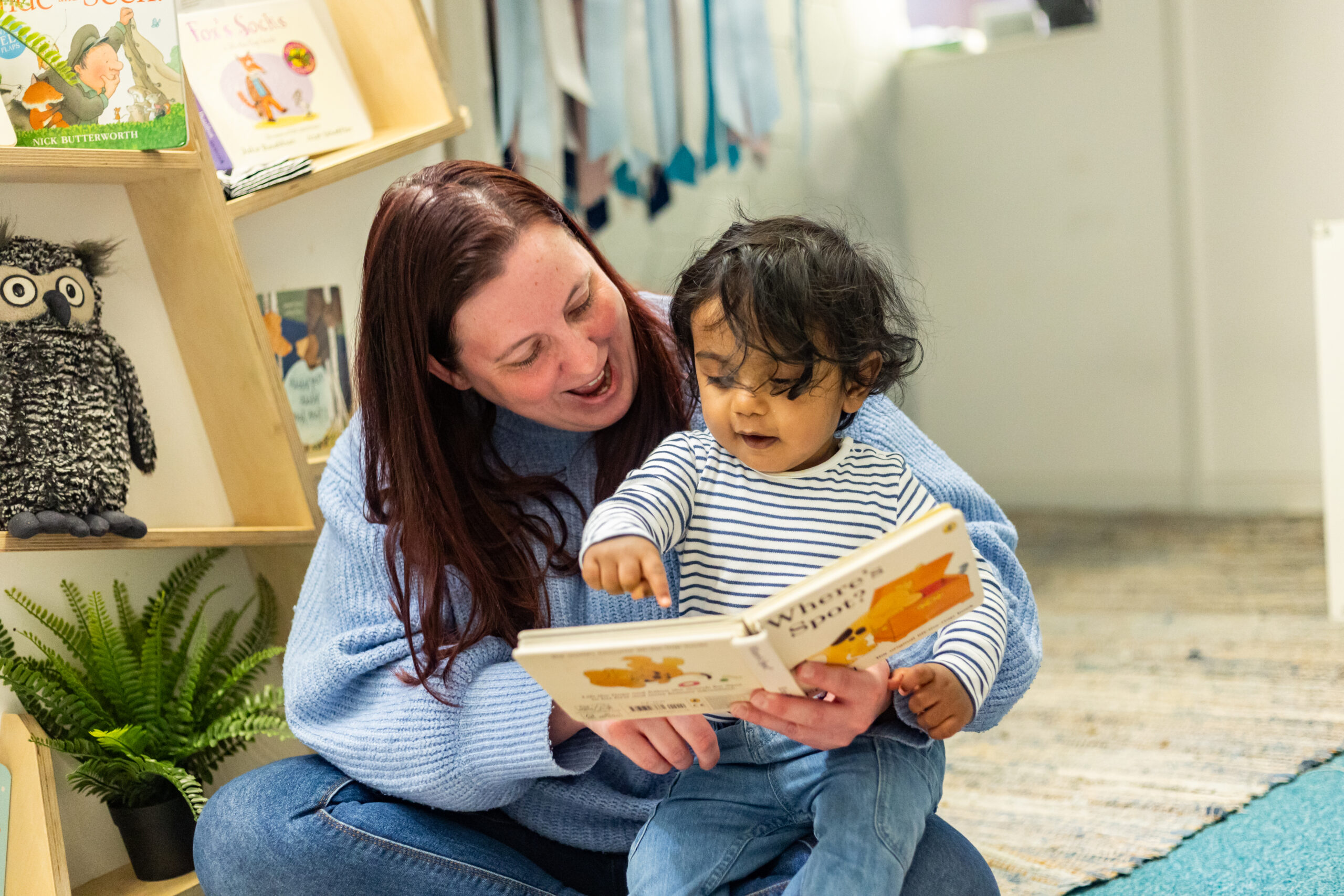In the early years of a child’s life, every experience shapes their future. That’s why a thoughtfully designed preschool curriculum isn’t just nice to have, but it’s essential. What makes a curriculum great for preschoolers?
At FinlandWay® Schools, we believe that a strong preschool curriculum nurtures the whole child, including cognitive, social, emotional, and physical development. Backed by the world-renowned Finnish education system, our programme is built on best practices that support lifelong learning.
In this article, we’ll explore the key components of an effective preschool curriculum, highlight common pitfalls to avoid, and share how FinlandWay® brings these principles to life.
Great preschool curriculum 1.jpg
Alt text: Children engaging in a preschool curriculum with hands-on activities
Why is a strong preschool curriculum so important?
The early years, especially from birth to age six, form the foundation for a child’s brain development. During this time, children’s brains have an excellent capacity to learn new skills and competencies such as building critical thinking skills, emotional regulation, and social awareness. A high-quality preschool curriculum supports all of these areas in a balanced and age-appropriate way.
Research from UNICEF and the World Bank has shown that access to structured early education significantly boosts a child’s readiness for school, their ability to learn new skills, and even their future income potential.
📊 Table: Preschool curriculum outcomes vs. no curriculum
| Area of development | With a structured curriculum | Without curriculum |
| Literacy & Language | High | Low |
| Social-Emotional Skills | Strong | Inconsistent |
| School Readiness | Excellent | Limited |
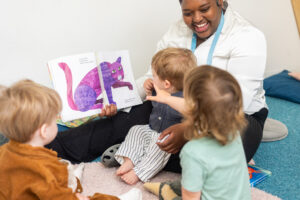
Key components of an effective preschool curriculum
Child-centred learning
At FinlandWay®, we believe every child deserves to feel capable, confident, and seen. A strong preschool curriculum should recognise that each child is unique and develops at their own pace. Instead of one-size-fits-all lessons, learning should be flexible and adaptable to each child’s interests, strengths, and needs.
Research and experience show that comparing or ranking young children can harm their self-image and motivation to learn. In Finland, children are not tested or ranked against each other. Instead, they are encouraged to reflect on their own learning from an early age. This builds a healthy sense of agency and ownership.
Participatory pedagogy is at the heart of this approach. Children actively influence their own learning by making choices, sharing ideas, and taking part in decisions. This not only motivates them but also helps them practise important life skills like choosing, voting, and collaborating.
Teachers play a vital role in making this possible. In the Finnish approach, teachers do not simply give ready-made answers for children to memorise. Instead, they guide children through shared meaning-making, where understanding is built together through exploration and discussion. In this process, teachers learn alongside the children and become part of the learning community.
Careful observation and documentation help teachers support each child’s individual learning journey. This ensures that every child gets the guidance they need to succeed in their own way.
When children feel safe to express themselves, they build confidence and a positive self-image as learners. Seeing each child as an individual and giving them a voice in the classroom nurtures motivation, engagement, and a lifelong love of learning.
Play-Based and Inquiry-Led Approaches
Children naturally learn through play; it’s how they make sense of the world around them. Through guided play and exploration, they build essential life skills such as self-regulation, resilience, critical thinking, and problem-solving. Play helps children develop cognitive skills and a deeper understanding in a joyful, meaningful way.
During play, children experiment with new vocabulary, practise skills, and test ideas they’ve learned. It’s common to see them counting toys, “teaching” their dolls or younger friends, or acting out real-life situations they’re trying to understand. Playful learning isn’t forced but it’s engaging, fun, and driven by the child’s curiosity.
The learning environment plays a vital role in supporting this approach. Classrooms should be designed with children in mind: inviting, accessible, and full of possibilities for play, exploration, and collaboration. Materials and toys should be at the children’s level, so they can make choices independently and take responsibility for their own learning space.
When children are trusted to design parts of their classroom and help care for it, they develop a sense of ownership that motivates them to learn and participate actively. Open-ended materials, like blocks, fabric, loose parts, and art supplies, encourage creativity and imaginative thinking. Giving children free access to these materials supports long periods of focused play, helping them practise planning, storytelling, and flexible thinking.
An effective play-based, inquiry-led approach sees play not as a break from learning, but as the heart of how children grow, discover, and thrive.
🧠 Did you know? Studies from Harvard’s Center on the Developing Child show that children in play-based environments develop deeper cognitive skills than those in formal, test-heavy settings.
Focus on emotional and social skills
Emotional intelligence is just as important as academic skills in the early years. A strong preschool curriculum doesn’t focus only on what children know, but also on how they feel, interact, and manage their emotions. At FinlandWay®, we believe that nurturing a child’s social and emotional development lays the foundation for lifelong wellbeing and learning.
Young children need to feel safe and secure before they can truly learn and grow. Clear, predictable daily routines help build a sense of trust and safety. When children know what to expect and feel confident in their environment, they are more comfortable expressing themselves and trying new things. This is why, at FinlandWay®, children follow a clear and structured daily learning cycle. This not only supports their emotional well-being and resilience but also lays a strong foundation for their cognitive growth.
A safe environment also gives children space to practise naming and managing their emotions. They learn that all feelings are valid and that they can find healthy ways to handle frustration, sadness, excitement, or disappointment. This builds self-awareness and resilience from a young age.
Social skills develop naturally when children spend time together. In daily interactions, children learn how to communicate, cooperate, and show empathy. They watch how others act and respond, and they try out these skills in their play. For example, during free play, children often practise taking turns, sharing, or comforting a friend who is upset.
Playtime is a valuable opportunity for children to navigate real-life social situations. They learn how to solve conflicts, negotiate roles, and listen to each other’s ideas. These moments help them develop important life skills like problem-solving, perspective-taking, and working as part of a group.
Teachers play an important role in guiding this process. By modelling respectful communication and helping children find words for their feelings, teachers create a supportive environment where every child feels heard and understood.
When children grow up able to recognise their emotions, express themselves clearly, and connect with others with kindness and respect, they are well-prepared not just for school, but for life.
Language and early literacy foundations
Play is a powerful tool for building language skills. As children play together, they practise speaking, listening, and using new vocabulary in real contexts. They learn from each other and gain confidence as communicators. Through exploration and play, children are also introduced to letters, sounds, and words — not as isolated tasks, but as part of engaging themes and real-life phenomena. This helps language and literacy become a natural, joyful part of everyday life.
At FinlandWay®, language skills and early literacy are nurtured through playful, hands-on activities that feel meaningful and fun for young children. Our curriculum supports children’s language development through storytelling, singing, rhyming, and rich conversations woven naturally into each day.
In many international schools, children also have the unique opportunity to practise multiple languages at once. Multilingual learning is supported in an encouraging, flexible way that builds children’s confidence and helps them make connections between languages through play and daily interaction.
Maths and logical thinking
Just like language skills, early maths and logical thinking develop best through playful, active learning. When children play, they naturally practise sorting, counting, measuring, and recognising patterns. Making these skills a part of their everyday routines in a way that feels meaningful and fun.
Activities like cooking, building, or running a pretend shop all introduce early numeracy in engaging ways. Children might measure ingredients, count blocks, or handle pretend money, developing an intuitive understanding of numbers and problem-solving as they go.
Through these real-life experiences, children don’t just learn to recite numbers by heart; they learn how to think mathematically, reason, and solve problems. This playful approach builds a strong foundation for future learning and helps children see maths as a natural and enjoyable part of their world.
Physical and sensory development
Movement is a vital part of early learning. An effective preschool curriculum provides plenty of opportunities for both indoor and outdoor activities that help children build strength, coordination, and confidence in their bodies. Obstacle courses, dancing, and free play in thoughtfully designed environments all support the development of gross motor skills like balance, agility, and spatial awareness.
At the same time, arts, crafts, and hands-on activities help children practise and refine their fine motor skills, such as hand-eye coordination and precise movements. By combining active play with creative tasks, children develop the physical abilities they need for everyday tasks and future learning — all in a way that is joyful, engaging, and perfectly suited to their natural energy and curiosity.

Best practices for designing a preschool curriculum
Align with developmental milestones
A great preschool curriculum honours what children can do at each stage of their development. It doesn’t rush them toward rigid goals or expect them to perform beyond their readiness. Following trusted frameworks such as the EYFS (UK), NAEYC (US), or the Finnish National Core Curriculum helps ensure that learning is developmentally appropriate and supports children’s natural growth. The focus should always be on observable, meaningful progress, not on arbitrary tests or comparisons.
Integrate thematic, cross-disciplinary learning
Children don’t divide their world into separate subjects. They learn best when ideas connect in ways that feel real and interesting to them. Thematic learning, with topics like “My Family,” “The Seasons,” or “Our Community”, helps children see connections across subjects like storytelling, science, maths, and the arts. This mirrors how children naturally explore the world: through curiosity, questions, and making links between what they know and what they’re discovering.
Involve families and communities
Parents and caregivers are a child’s first and most important teachers. A strong curriculum builds on this by actively involving families and the wider community. Share weekly learning goals and suggest simple activities families can enjoy at home. Invite parents to join classroom projects, special events, or local outings. Use digital platforms to share photos, updates, and observations in real time, helping families feel connected to their child’s learning journey.
Use observations and assessments
Children develop at different rates and in different ways. Instead of relying on formal exams, educators should observe how children engage in play and learning every day. Portfolios, learning journals, and documentation of each child’s progress over time provide a more accurate, supportive picture of growth. This approach honours the child as an individual and celebrates the small steps that build confidence and lifelong learning skills.
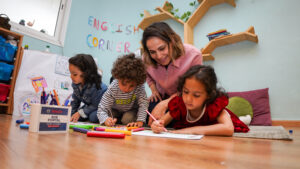
How FinlandWay® Embodies These Principles
At FinlandWay® Schools, our preschool curriculum is designed to unlock every child’s full potential, emotionally, socially, physically, and intellectually. Inspired by the world-renowned Finnish model, our approach combines thoughtful structure with joyful discovery, creating a balanced foundation for lifelong learning.
We value children’s emotional well-being just as highly as their academic readiness, ensuring they feel safe, confident, and eager to explore.
Our international curriculum is thoughtfully adapted to be meaningful and relevant for families across the UAE, India, Latin America, and beyond, bringing the best of Finnish early education to diverse communities around the world.
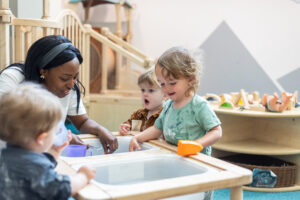
Real-world examples and expert insights
According to UNICEF, early childhood education is one of the smartest investments societies can make. Children who attend high-quality preschools are:
- More likely to succeed in primary school
- Less likely to repeat grades or drop out
- Better prepared for life skills and employment
FAQ: Preschool curriculum
What is the goal of a preschool curriculum?
A preschool curriculum aims to promote holistic growth, developing children’s thinking, language, emotions, and motor skills through structured play and guided activities.
How can I tell if a preschool has a good curriculum?
Look for programmes that are child-led, well-organised, emotionally supportive, and inclusive. Teachers should observe rather than test, and the environment should be rich in play and communication.
Can a curriculum still be flexible?
Yes! A great preschool curriculum is a guide, not a script. It should adapt to children’s needs, allowing spontaneous discovery while ensuring developmental goals are met.
Conclusion
Choosing the right preschool curriculum is one of the most important decisions you can make for your child’s future. It’s about so much more than ABCs and 123s, it’s about sparking curiosity, building empathy, fostering resilience, and nurturing a genuine love for learning.
At FinlandWay®, we bring this vision to life every day. Our carefully designed curriculum supports each child to grow into a confident, creative, and emotionally intelligent learner, ready to thrive not just in school but in life.
➡️ Ready to learn more? Visit https://finlandwayschools.com to explore our programmes today.
